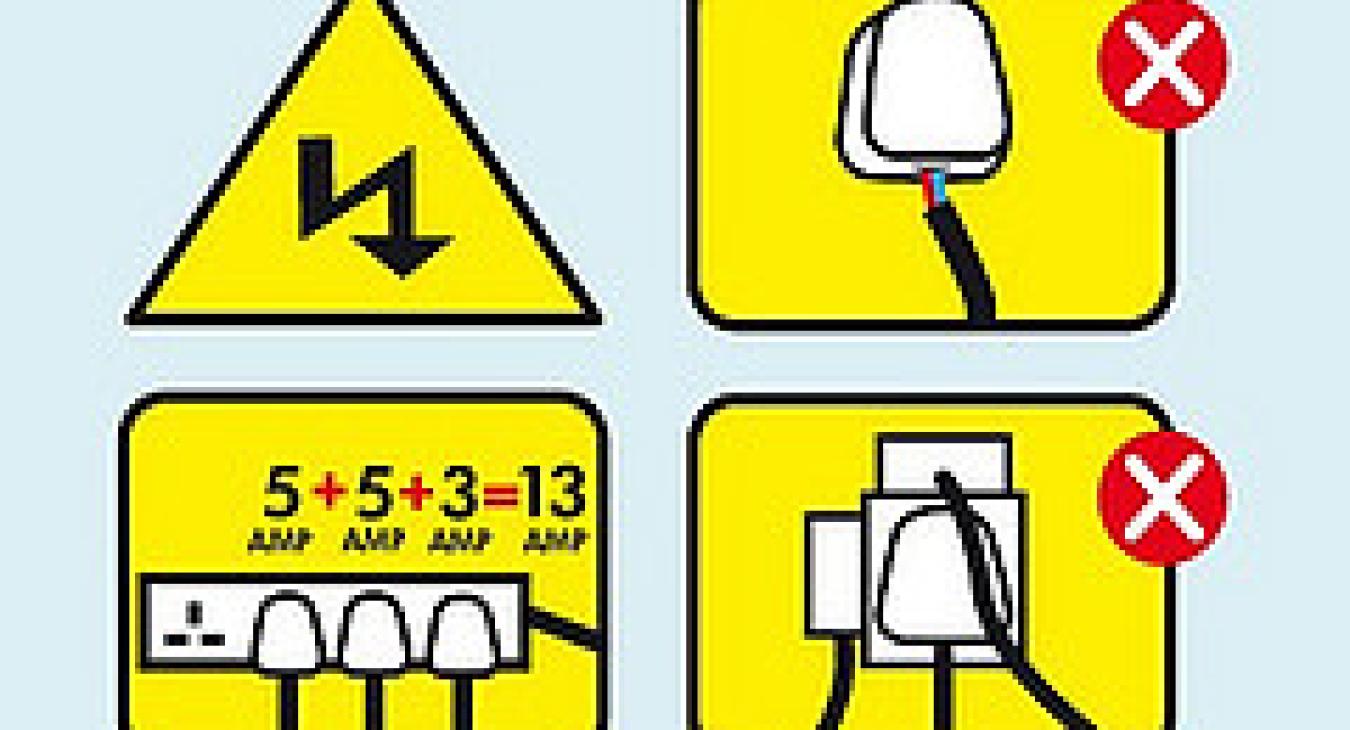
Electrical Safety
There is growing publicity around privately rented homes after startling figures revealed that private tenants were at greater risk of receiving an electrical shock than housing association tenants and home owners.
As an electrician in Nottingham, I have seen first hand the poor living conditions that some tenants live in on a daily basis. Thankfully in recent times, dodgy landlords have moved out of the rental market making way for landlords who take their business seriously.
Take responsibility for your electrical safety
If as a tenant you take your electrical safety seriously, you are far less likely to fall into the trap of a landlord who only wants their rental money. Responsibility for electrical safety is a two way game, with landlords and tenants having a shared responsibility. Ensuring that your rented property is electrically safe is the best thing you can do to protect you and people you care about being the victim of electrical shock and injury.
Check important documents are in place before signing a rental agreement
When you move into a new home, it is not unreasonable to want to ensure the electrics are safe and have been certified by a qualified and registered electrician. Reputable landlords ensure that an up to date Electrical Condition Installation Report (EICR) is carried out on their property before a new tenancy commences, or at the very least within the last 5 years.
An EICR is an in depth report into the condition of the electrics in a property. In takes into account the condition of the existing installation and makes recommendations on improvements that can be made to make it safer and in line with the latest electrical regulations. An EICR can only be undertaken by a qualified and registered electrician. If the EICR is satisfactory, the electrician will issue a certificate, you need to see this certificate in order to establish if an EICR has been carried out.
-
PAT Test Certificate
If the landlord supplies any electrical appliances or items within the property, they will need to be PAT tested. Electrical items that have been PAT tested should display green PASS labels on the plug top. The PAT tester will also issue a certificate detailing which items have been PAT tested in the property.
-
Part P certificate for recent electrical works
If the landlord or letting agent suggests that new electrical work has been carried out, ask to see a Part P certificate. This confirms that the work has been carried out in accordance with the latest electrical regulations BS7671.
Other things to look out for
-
Look out for an RCD button
The Government is coming down hard on landlords who flout their obligations and let out homes which are dangerous. To strengthen safety in rented properties, the Government wants see homes with full RCD protection.
To find out if the home has RCD protection, take a look at the fuse board or consumer unit. There should be a T or test button. If you test it the electrics should go off straight away.
-
Switches and sockets secure?
Check that switches and sockets and secured to the walls – if they're just hanging off the wall, you could get an electrical injury or worse. Check light fittings to make sure you cannot see bare wires around the tops. Check the property to ensure it will have sufficient electrical sockets for your needs. As an example, check there is a plug socket for the washing machine, dishwasher and any other appliances that you will be bringing with you.
Think carefully about the use of extension leads. Extension leads should not be used in a kitchen and only as a minimum in the rest of the house. The over reliance on extension leads can lead to the overheating of sockets and house fire.
What to do if you have an electrical problem in your home
The first step is to contact your landlord who will arrange for a qualified and registered electrician to investigate the problem. Do not ignore an electrical problem as this can compromise your safety and will be making the problem worse.





